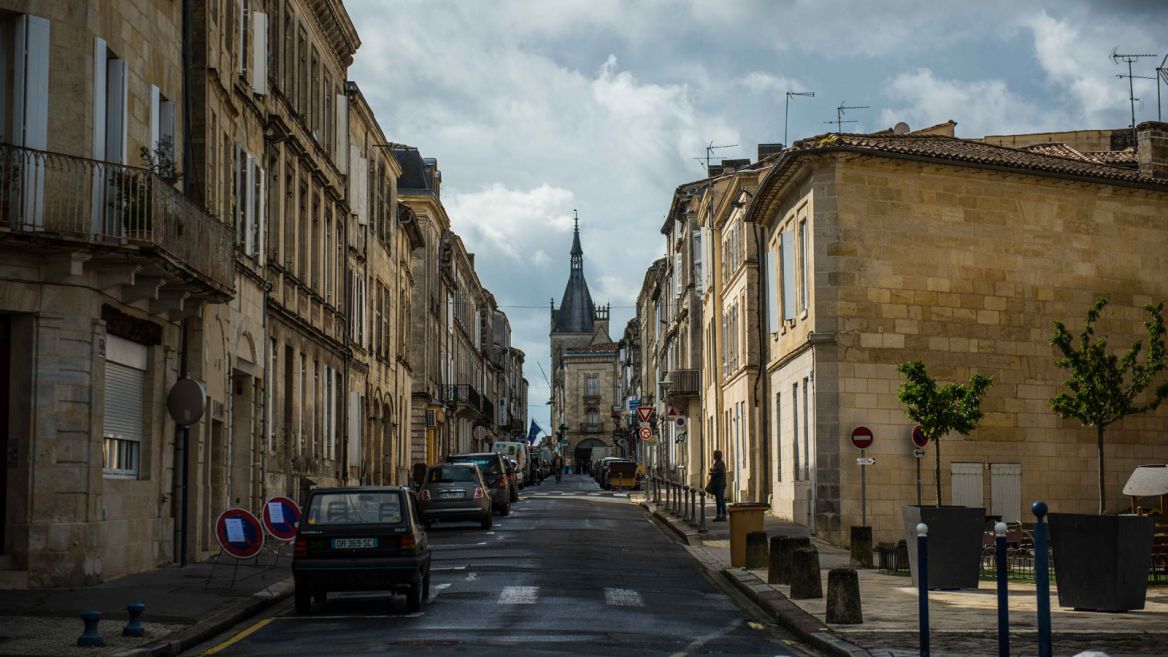- Home page
- Tourism
- Discover
- Visit Gironde
- The Libournais and Saint Émilion
- Visit Gironde
- Discover
- Tourism
The Libournais and Saint Émilion
Automatic translation
Libournais, land of vines
Libournais is first and foremost a wine destination, with prestigious wine appellations - Pomerol, Lalande de Pomerol, Saint Emilion... the region has developed around the wine trade. Today, you can share visits to wine cellars and tastings with the many owners who open their estates in a friendly atmosphere. Wine tourism, which has developed strongly, invites you to discover the world of wine and its secrets.
The landscapes of Libournais are made up of vineyards, limestone and wooded valleys, crossed by the Dordogne and Gironde rivers. They offer as many opportunities for sport and relaxation. The architectural heritage of this little corner of France, especially well preserved, invites you to go back in time.
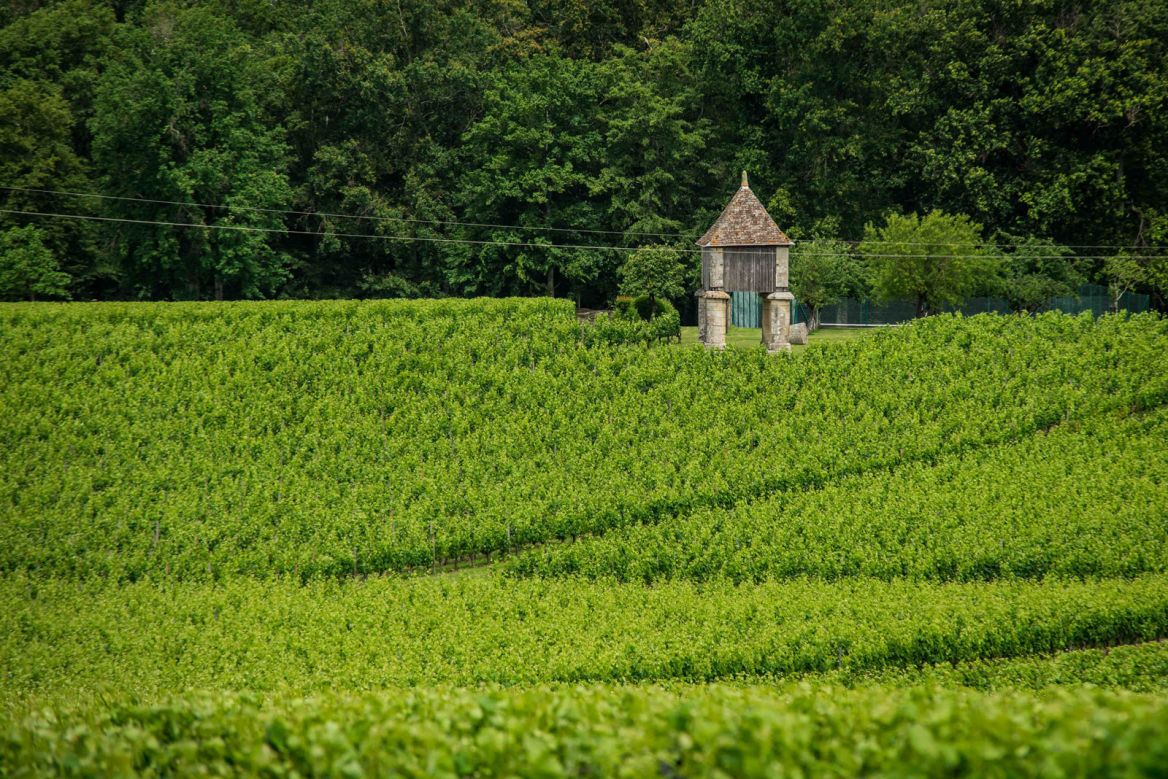
Saint-Emilion, more than a wine
You can spend hours wandering the narrow, steep streets of the medieval city of Saint-Emilion, founded in the 8th century by the monk Emilian. Linger in its small squares or in the many shops, taste macaroons , the specialty, and discover the great diversity of its historical monuments. The troglodyte church of Saint-Pierre, the monolithic church and its bell tower, the collegiate church and its cloister, the great wall, the remains of a Dominican monastery, very beautiful private mansions, underground galleries, the Cordeliers convent, the ramparts and the Brunet gate, the ruins of the facade of the Cardinal palace, its King's tower, its wash houses, its market hall...
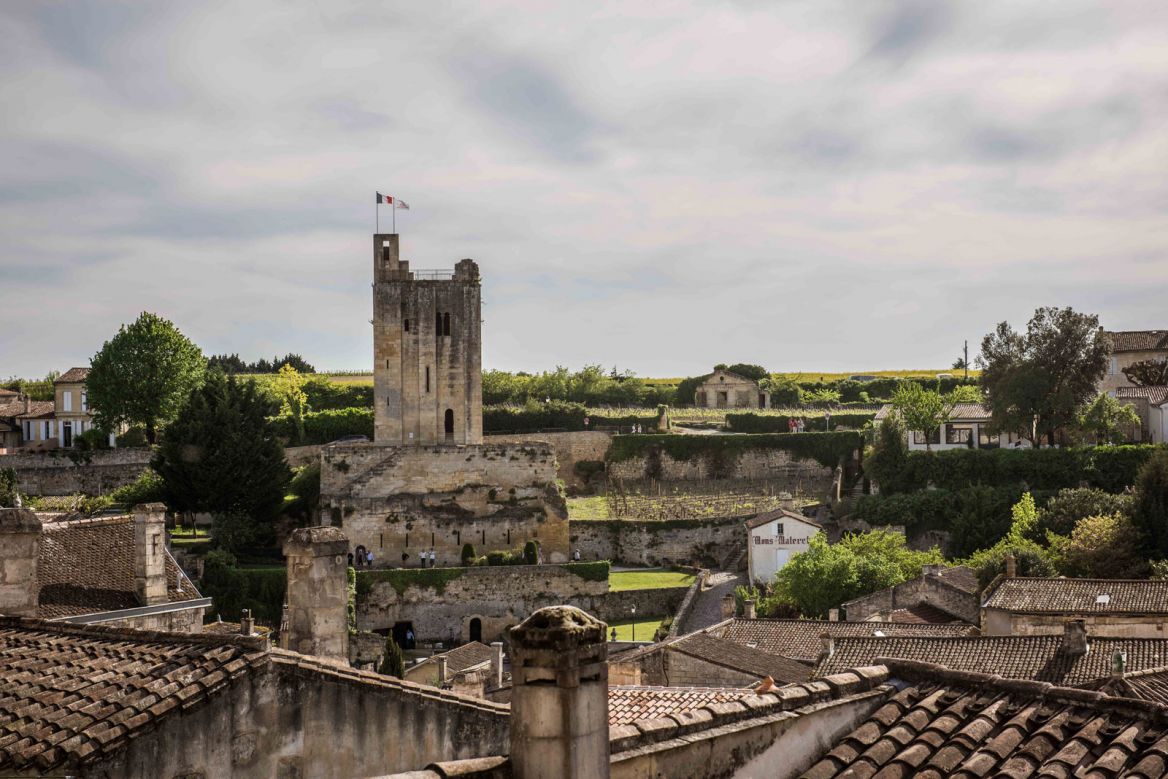
A day will not be too much to soak up the city and its many monuments constituting a true architectural treasure. You can admire the surroundings from the Roy tower which dominates the city and the vineyard. The tourist office offers many ideas for discoveries and themed walks, including a visit to the hidden and underground heritage.
It should be remembered that it was John Lackland, in 1199, who gave the status of town to Saint-Emilion, which became a jurade. Its wine would bring it great fame, even today.
The jurisdiction of Saint-Emilion has been listed as a UNESCO World Heritage Site since 1999. For the first time in the world, a wine-growing landscape has been admitted to this prestigious registration, covering 8 communes and 5,000 hectares of vines.
Ideas for walks in Saint-Emilion:
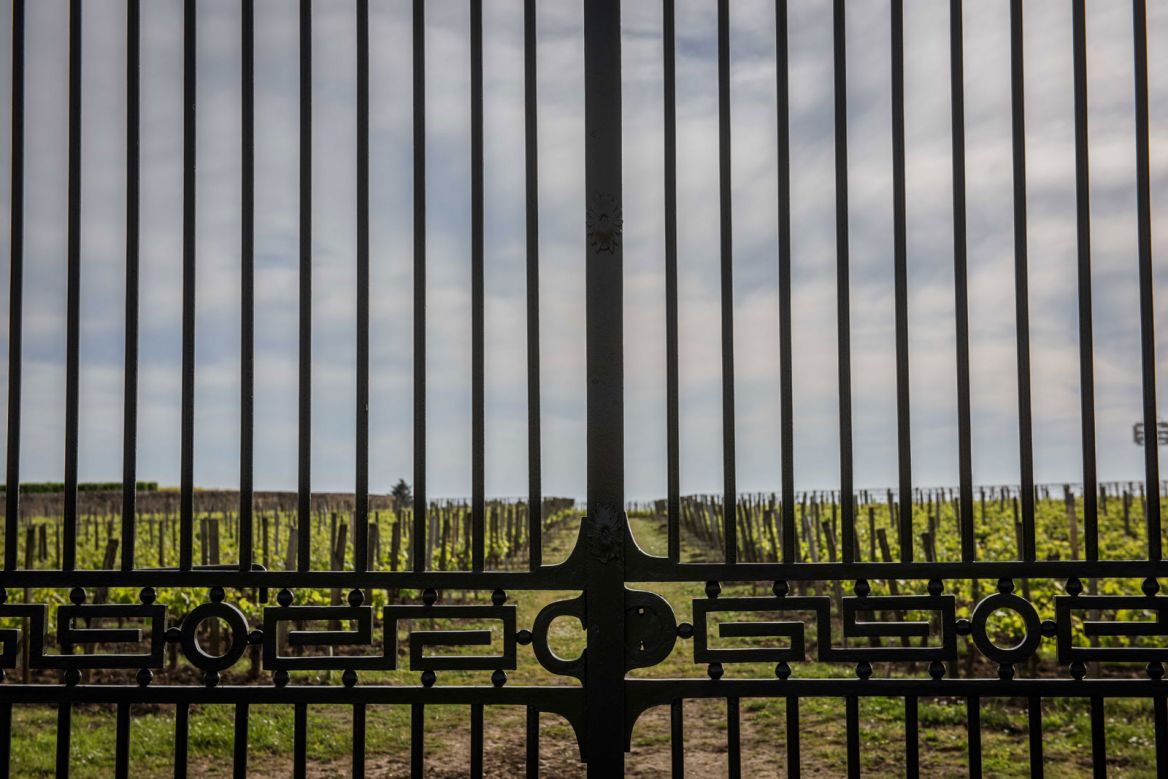
Véloce
Véloce
Founded in 1990, Véloce is an itinerant bicycle rental, delivery & maintenance company. Historically located in the ...
400 m - Saint-Émilion
Vertigo Park LIBOURNE
Vertigo Park LIBOURNE
Vertigo Park Libourne: Indoor Leisure Center in Libourne With family, friends or colleagues, discover Vertigo Park ...
6,7 km - Libourne
Vertigo Park LIBOURNE
Vertigo Park LIBOURNE
VERTIGO PARK LIBOURNE: INDOOR LEISURE CENTER IN LIBOURNE With family, friends or colleagues, discover Vertigo Park ...
6,7 km - Libourne
Castillon la Bataille, a famous battle
About fifteen kilometers from Saint-Emilon, Castillon-la-Bataille is bathed by the Dordogne River. The city is known for its famous battle that pitted the French against the English and ended the Hundred Years' War on July 20, 1453. Bordeaux fell into the hands of the French in October of the same year, and then Aquitaine became French again. A sound and light show brings this important episode in French history back to life every summer.
It was only in 1953, for the 500th anniversary of the victory of Castillon, that the town took its current name. The town is rich in architectural and natural heritage. A few kilometers away, the old fortified town of Gensac, overlooking the valley of the Durèze and the Dordogne, classified as an old village, is not lacking in character. In August, its festival offers beautiful classical music concerts.
Experience to live with the family: The Battle of Castillon, historical sound and light show in Gironde.
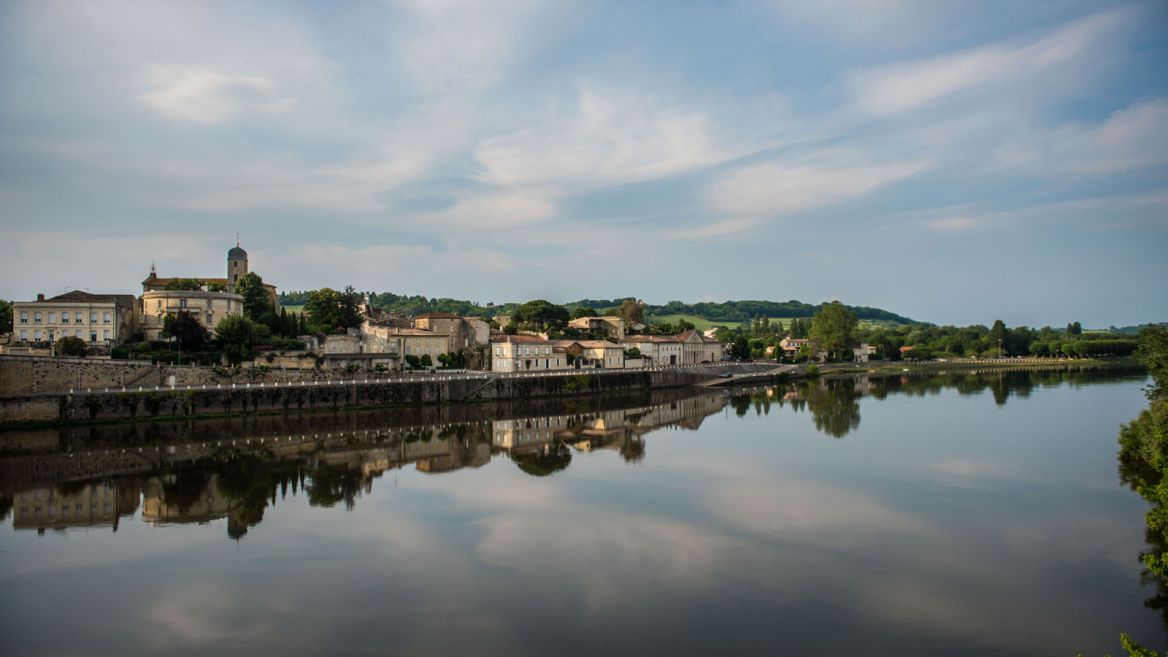
Sainte-Foy-la-Grande, a fortified town in the Foy region
It was the brother of Saint-Louis who ordered, in 1253, the construction of the bastide of Sainte-Foy-la-Grande. Today, it is one of the best preserved in France. Its church, built in the 13th century by the Templars, was destroyed, rebuilt and then enlarged. It has one of the tallest spires in Aquitaine. It is pleasant to walk its alleys and stroll on its covered square.
The Tourist Office houses a museum of local archaeology. The town has also dedicated a museum of inland waterway transport, evoking the wine trade transported on gabarres and couraux to Libourne on the Dordogne River, "the River of Hope". 12 km away, the Moustelat water mill, built in 1724, has been completely restored.
The Bordeaux-Gironde Guide has set its sights on Sainte-Foy-la-Grande !
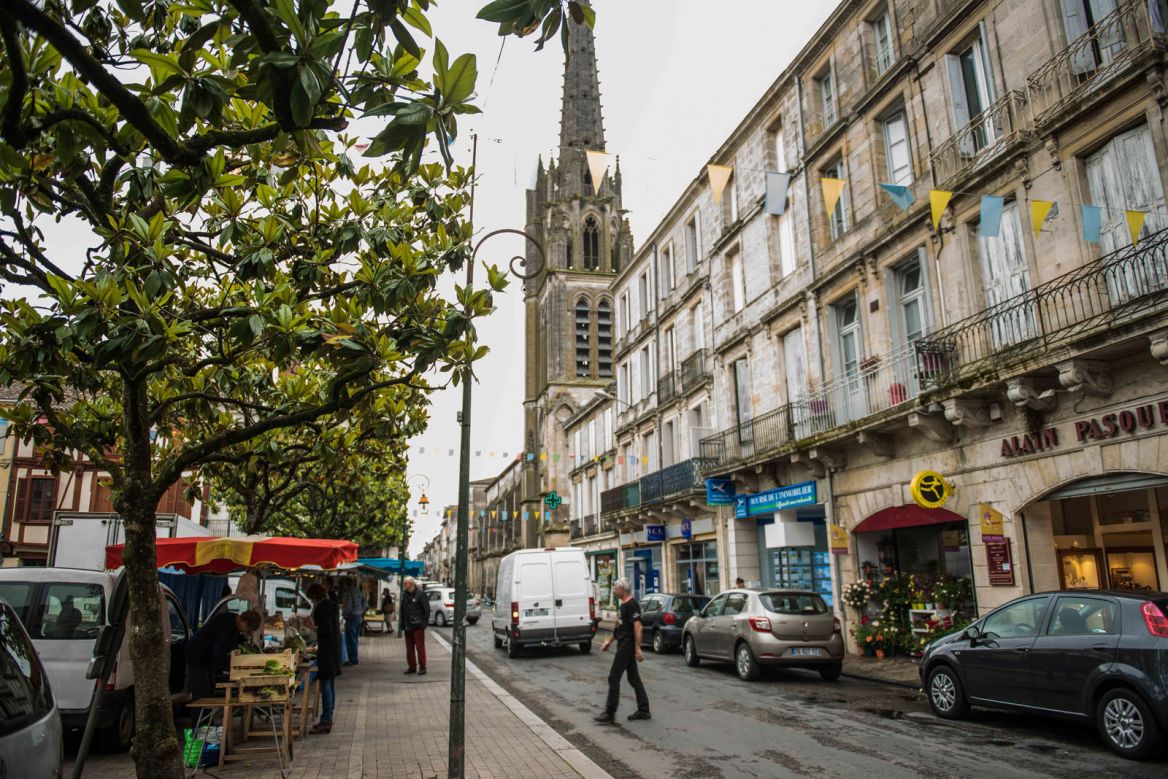
Libourne, at the confluence of the Isle and the Dordogne
Libourne is an old port town that owes its prosperity to the wine trade. The central square with its arcades and houses from the 16th to the 19th centuries are witnesses to the city's past.
The large stone bridge built in the 19th century with its 9 arches is 220 m long. It replaced the ferry which was the only way to cross the Dordogne.
The city has renovated its port area to accommodate cruise ships. 8 kilometers away, in the town of Vayres, a strange natural phenomenon occurs twice a year, at the time of high tides: the tidal bore. This large wave going up the Dordogne is a delight for surfers and also attracts many curious people.
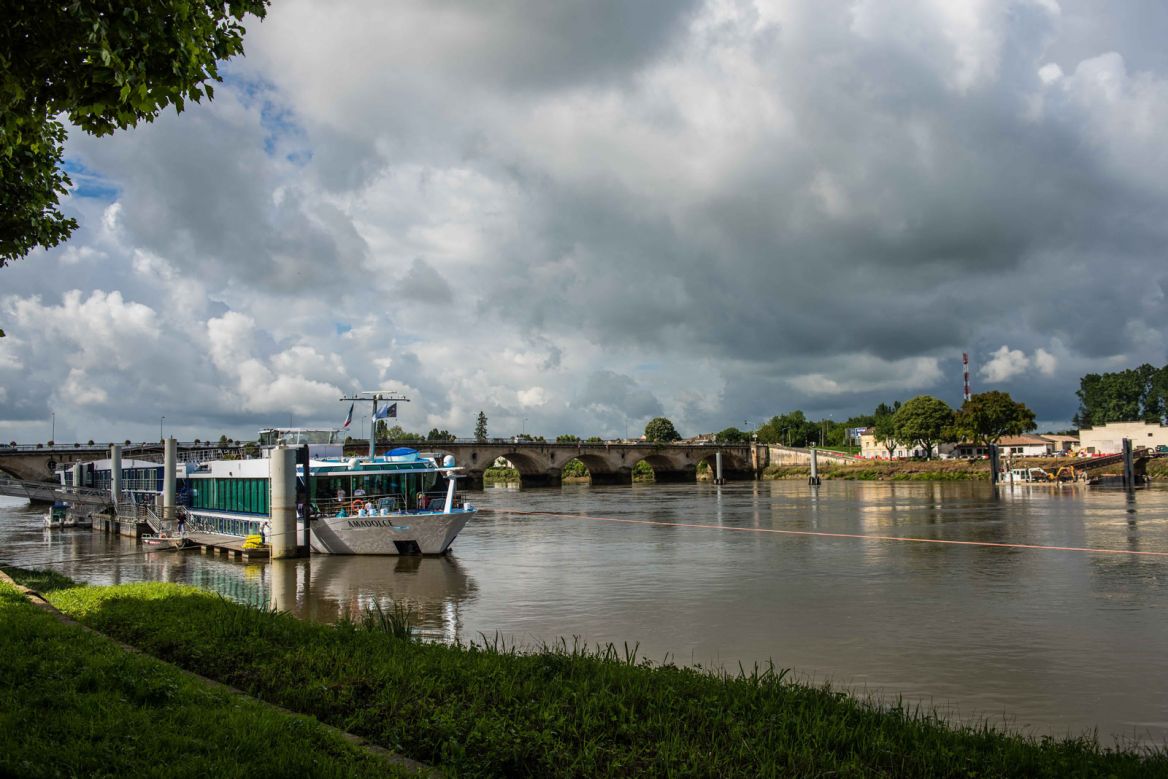
Office de Tourisme du Libournais
Office de Tourisme du Libournais
Cast off from the port of Libourne - Saint-Emilion! Dreaming of a trip on the water? Libourne has done it! For 2 ...
213 m - Libourne
Vertigo Park LIBOURNE
Vertigo Park LIBOURNE
Vertigo Park Libourne: Indoor Leisure Center in Libourne With family, friends or colleagues, discover Vertigo Park ...
618 m - Libourne
Vertigo Park LIBOURNE
Vertigo Park LIBOURNE
VERTIGO PARK LIBOURNE: INDOOR LEISURE CENTER IN LIBOURNE With family, friends or colleagues, discover Vertigo Park ...
619 m - Libourne
The Château de Vayres, with its medieval, Renaissance and 17th century architecture, is listed as a Historic Monument. Its gardens and monumental staircase open onto the Dordogne. Its park has been awarded the Remarkable Gardens label. The château belonged to Henri IV. Today, it is a private inhabited property that can be visited.
About fifteen kilometers away, the abbey church of Guîtres, built in the 11th century, was dismantled during the Revolution. All that remains is the Saintonge-style church, restored in the 20th century, housing a majestic organ. Concerts are offered there from July to September.
